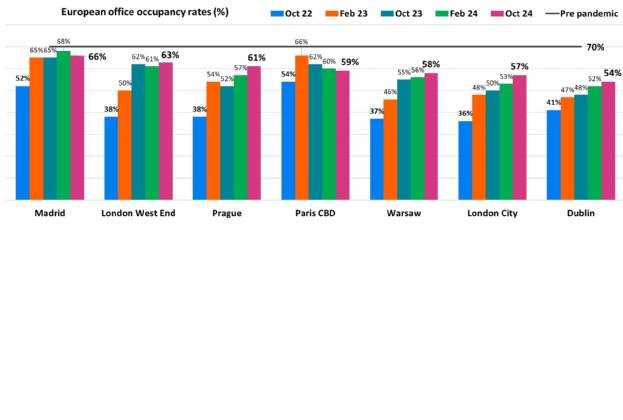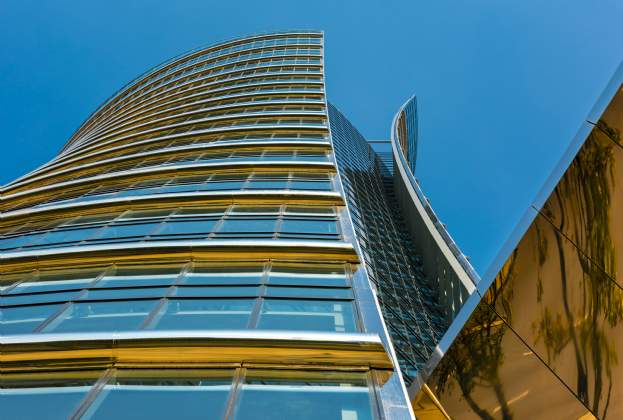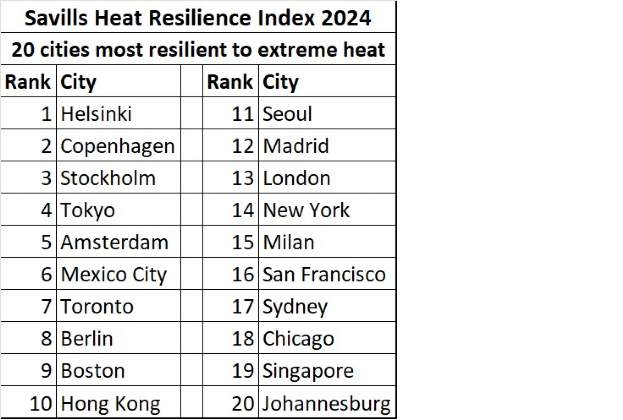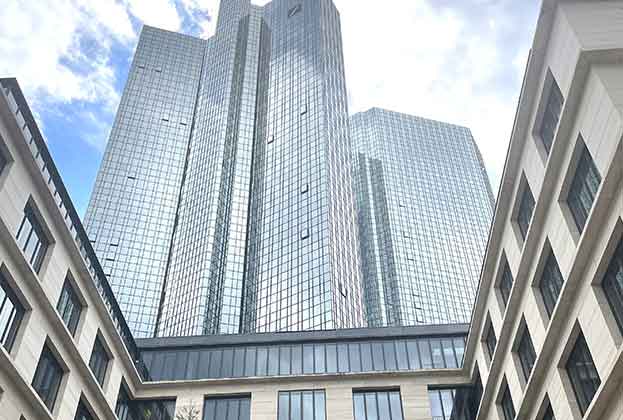Recent Savills research showed that multifamily investment – i.e. capital invested into entire apartment buildings rather than individual dwellings – reached €40 billion for the first time across eight European markets. The drivers for that 27 per cent annual growth are also present in the Czech Republic, yet multifamily investment here remains limited due in most part to a lack of product but also high prices and increasing regulation.
The European markets monitored by Savills that enjoyed the highest annual growth in multifamily investment in 2018 were France, which rose from less than €200 million in 2017 to almost €3.2 billion in 2018; Ireland, where investment increased tenfold to €1.1 billion; and Spain where investment jumped from less than a million to over €3 billion last year. The largest market by investment volumes was once again Germany with €15.1 billion. And in half the markets – Denmark, Sweden, the Netherlands and Spain – the volume of multifamily investment is now higher than offices, making it for the first time the top property investment segment. Thus, what has historically been considered an ‘alternative’ sector to commercial real estate now accounts for on average 17% of total investment in the eight countries, up from a five-year average of 13%.
The main factors driving this growth in multifamily investment in Europe is the attraction of sustainable income streams, a limited supply of new homes, as well as the anticipation of rising rents on the back of increasing demand for rental homes from a generation who either cannot afford to buy or simply do not have the traditional mindset of needing to own. All these conditions apply to the Czech Republic, especially Prague.
Housing in Prague is becoming increasingly unaffordable for the average Czech
BUY-TO-LET
Housing in Prague is becoming increasingly unaffordable for the average Czech as more people buy flats as an investment medium – several developers have admitted up to 40% of their new flats are bought for this purpose – and a lengthy construction permitting process means not enough new homes are being built to accommodate the city’s rising urban population.
According to Deloitte, Czechs now have to save the longest among European nations to buy a home, with a new flat amounting to a multiple of 11.3 times the average annual income. The index of house price to income shows that since 2010 house prices have risen faster than the average European household disposable income, with Portugal, the Netherlands and the Czech Republic at the top of that list.
With more people looking to rent as buying becomes unaffordable, rents are of course rising. According to Conbiz, in 2018 rents in Prague grew even faster than the purchase prices of new apartments, in certain locations by up to 25 per cent.
Despite these attractive conditions, multifamily investment in the Czech Republic remains muted at best. Using data from the State Administration of Land Surveying and Cadastre (ČÚZK), Central Europe Holding produced data to suggest that 82 apartment blocks in Prague were transacted in 2018, which was down from 93 in 2017 and 106 in 2016. The areas with the greatest number of transactions in 2018 were Nové Město (12), Žižkov (11) and Vinohrady (11). By nature, these locations house small traditional residential stock, limited in unit number and certainly not the 100+ units which institutional investors are searching for.
Needless to say, even though the number of apartments blocks being sold each year is falling, their prices are not: the cost of apartment buildings sold in Staré Město rose from a blended average of CZK 64,300 per sq m in 2016 to CZK 198,300 in 2018, while that in Malá Strana rose from CZK 94,700 to CZK 163,100. However, it is not just prices that are putting off investors.
Some developers may look to develop multimodal facilities for investment sale
LACK OF SUPPLY
Jan Rydl, country manager for Arnold Investments – a Vienna-based real estate investment company focusing on apartment and commercial buildings in Austria, Germany, the Czech Republic, Hungary and Slovakia – points out that although demand for the Hapsburg era-type buildings his firm concentrates on in places like Prague is constantly high, only about 5% of properties are traded annually and in the residential sector even less than that.
Central Europe Holding also notes that the acquisition of apartment buildings and their subsequent management require large amounts of information, resources and time. This is being made more difficult by government regulations such as the installation of heat meters, energy performance certificates for buildings, chimney inspections, elevator modifications, registration of foreign tenants and the wider European tightening of fire safety regulations.
Despite the aforementioned, we expect to see interest in this ‘alternative’ sector continue to flourish. And with apartment prices starting to stagnate, some developers may look to build multimodal facilities for investment sale as a whole, rather than for the cumbersome process of selling off individual units to end-users or third-party private investors.
.jpg)





.jpg)


